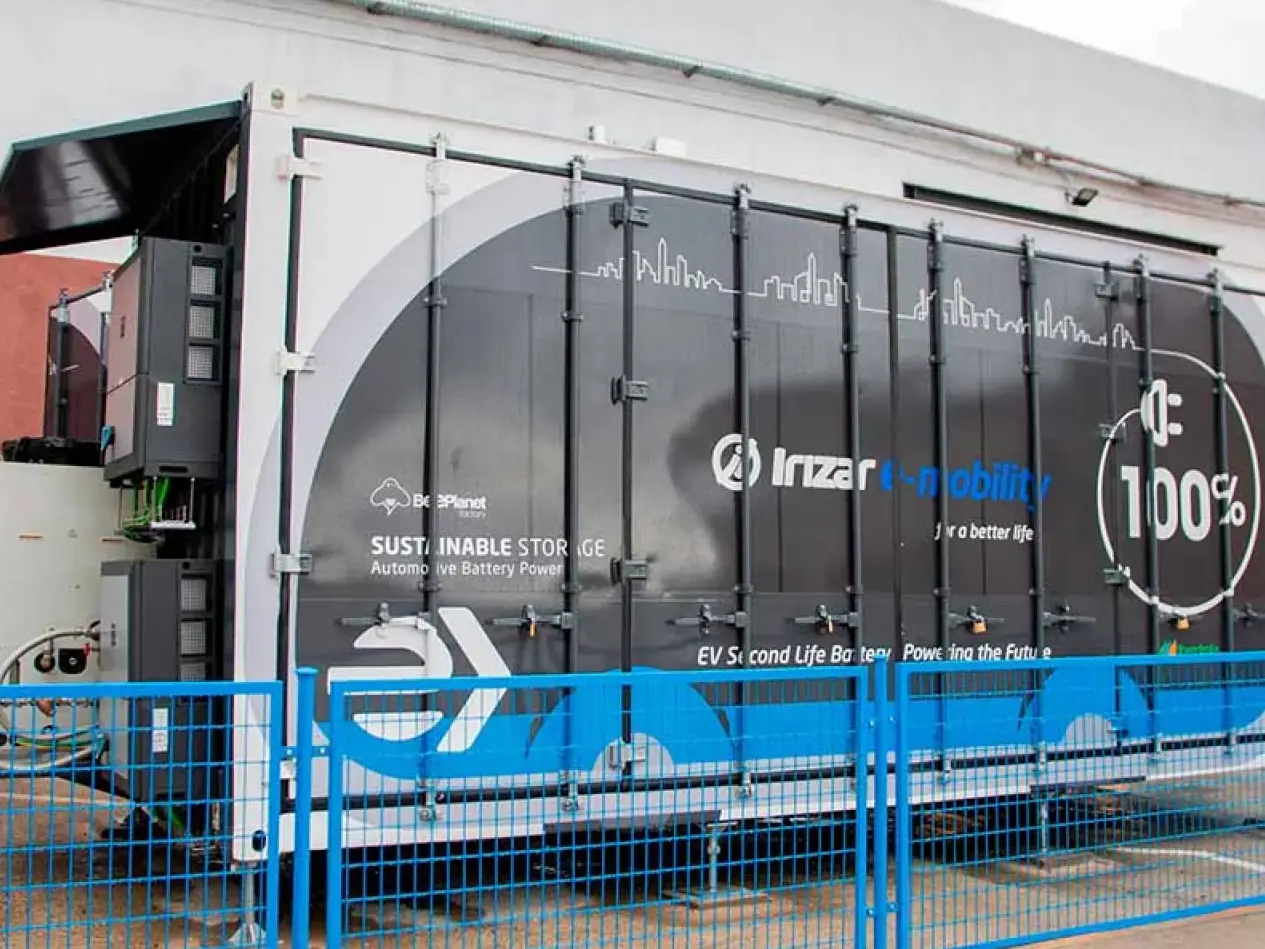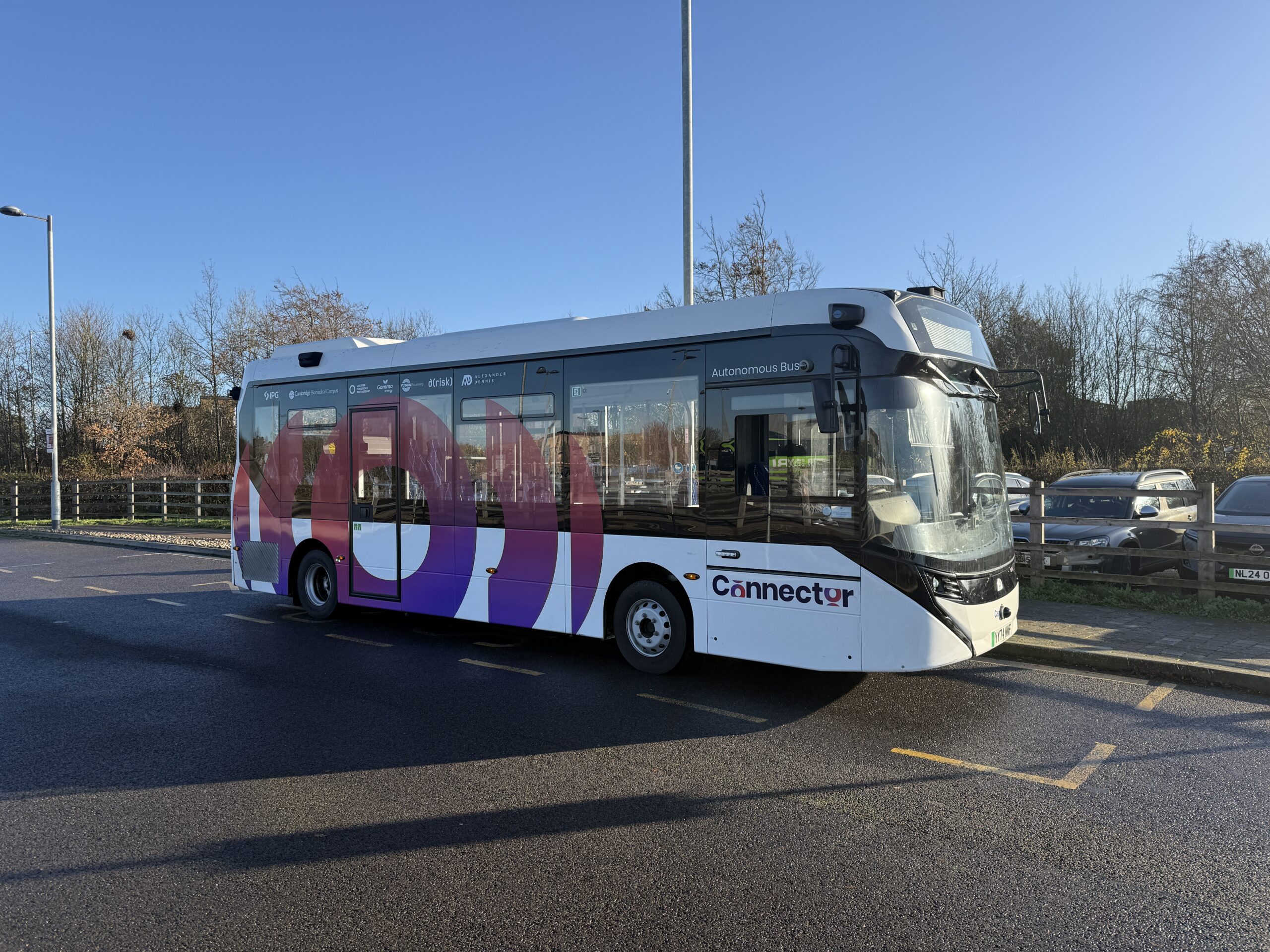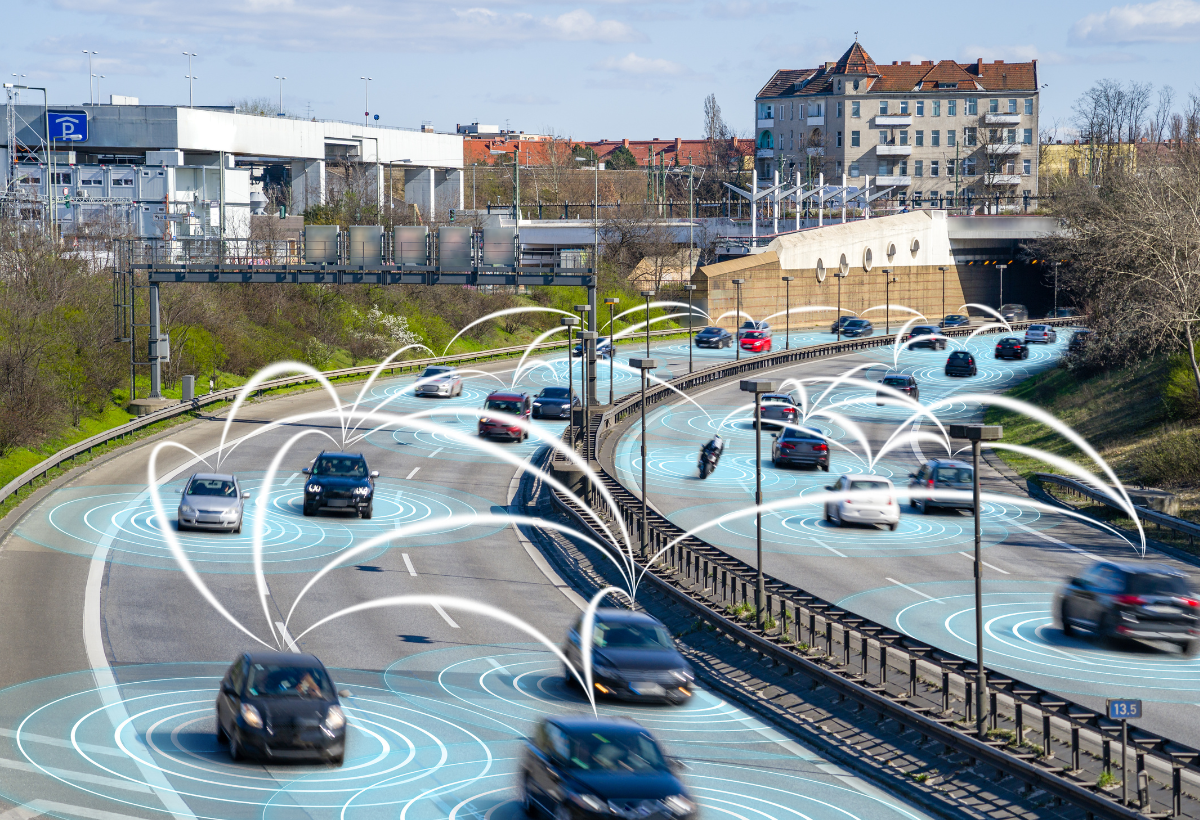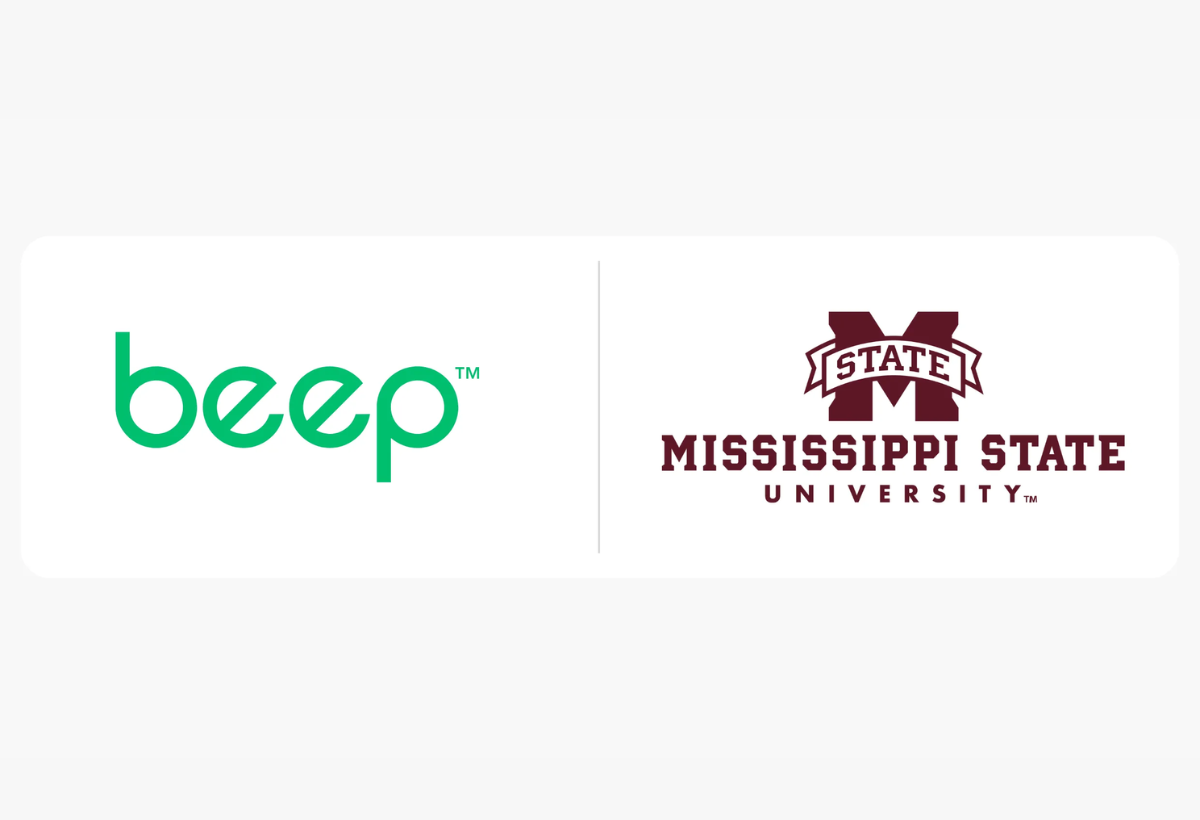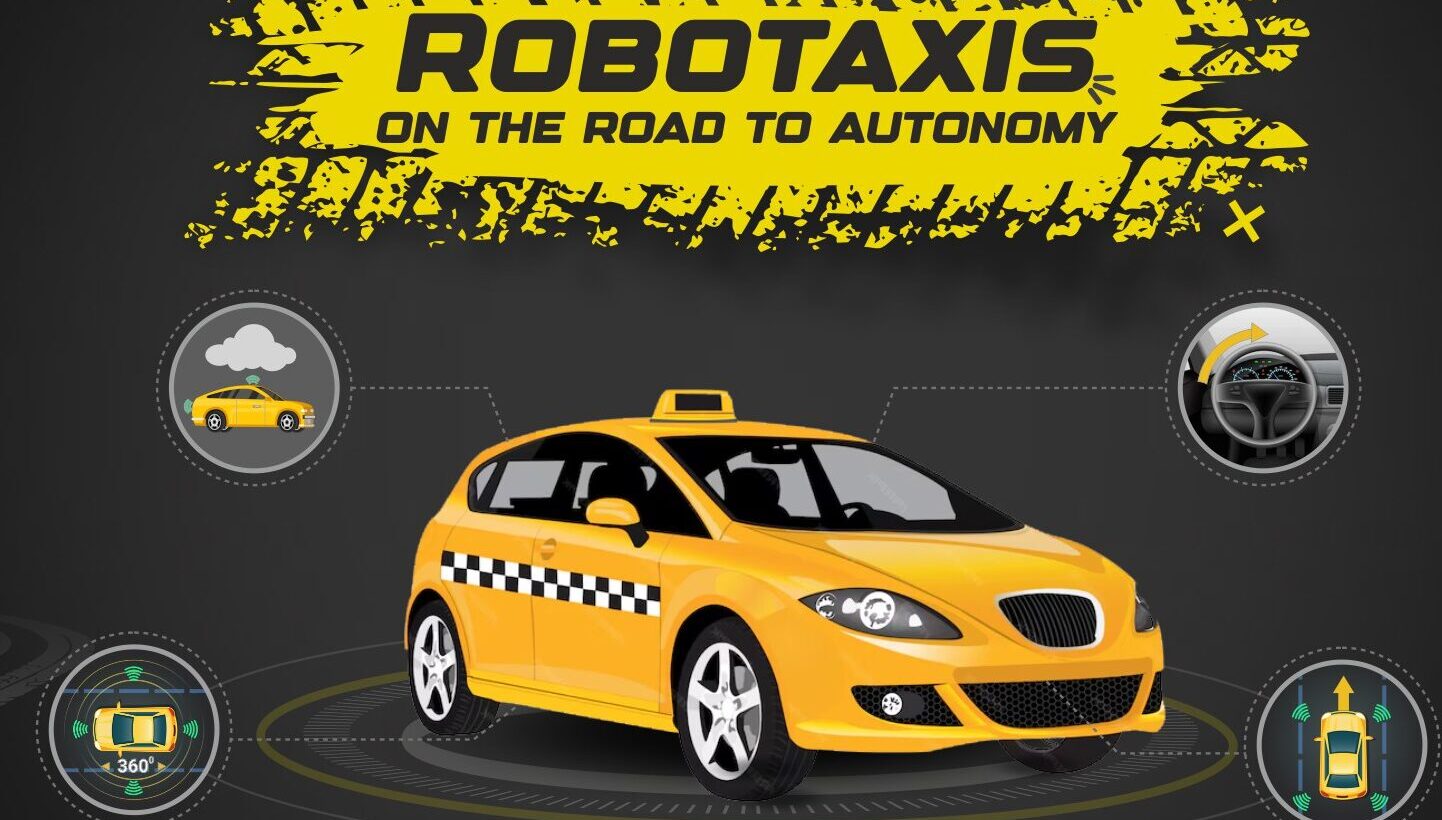Last week, the latest technologies in in-cabin sensing, advanced driver assistance systems (ADAS) and autonomous driving (AD) were presented during the colocation of InCabin and AutoSens USA in Detroit, Michigan, organised by Sense Media.
In line with emerging standards and regulations, developments in these sectors are largely driven by the demand to improve safety. With driver-related factors such as error, impairment, fatigue, and distraction contributing to approximately 90% of road accidents,¹ systems that monitor, assist, or take over from human drivers are invaluable tools for mitigating risks and saving lives.
Enhancing Accessibility
In addition to the crucial advancements in safety, the event also highlighted how these advancements can enhance accessibility and promote mobility and independence for those who are not able or limited in their ability to drive.

The topic of accessibility at InCabin and AutoSens — as well as in the industry as a whole — is not a novel one. In fact, at InCabin Brussels last year, Samantha Lee, CEO of Meili Technologies discussed the potential for driver monitoring systems (DMS) to enable epileptic people to safely drive by detecting an oncoming fit and prompting the driver or the vehicle to find a safe place to stop.
What’s more, at this year’s AutoSens USA, Alan Hejl, Accessibility Consultant – Automotive at Spark Access, remarked that cruise control was invented by a blind engineer, Ralph Teetor, sparking fundamental advancement for the automation of vehicles. Meanwhile, Steve Swartz, VP of Americas at Tobii, noted that Tobii’s eye-tracking technology is also used outside of the automotive industry to enable communication for those who are otherwise not able to talk.
Such examples highlight the existing interconnectivity between the technologies showcased at InCabin and AutoSens and the developments and considerations for accessibility equipment.
Be this as it may, during a panel discussion on ‘The Importance of Autonomous Vehicles for Accessibility and Equity’ the panellists argued that the industry should exercise a more deliberate focus on strengthening the utility of its technology.
This need is particularly prominent in countries such as the USA, where public transport systems are inconsistent. As a result, Maria Town, President & CEO of the American Association of People with Disabilities (AAPD), affirmed that disabled people are limited in where they can live and work independently and are often forced to move away from their families to seek areas with adequate transport services. Access to an autonomous vehicle that they, or someone else, would not need to drive could therefore be life-changing.
Maria Town President & CEO of AAPD said:When I think about autonomous vehicles, it is not only about connecting people to opportunities, it is literally giving people the tools that they need to have self-determination over their own lives and futures. Engineers in this space therefore have such an incredible gift that I hope you appreciate, because I am so hopeful for the future and hopeful that kids with disabilities, like I was, won't be faced with the reality of having to go and live somewhere else and leave their family to have the future they want.
Aside from working to roll out personal vehicles for this demand, autonomous vehicles could also be used to provide more public services while overcoming restrictions caused by driver shortages. For example, May Mobility is working to deploy on-demand autonomous vehicles with ADA-compliant wheelchair ramps, as well as in-cabin audio and visual cues.
The potential for AD technologies to assist disabled people is thus already relevant, rather than dependent on a prospective timeline for when highly automated vehicles may be deployed at scale.
Indeed, at AutoSens, Alan Hejl noted that features such as Ford’s Level 2 BlueCruise are already helping to make driving less strenuous for those who can obtain a license but may struggle with challenges such as chronic pain and fatigue.
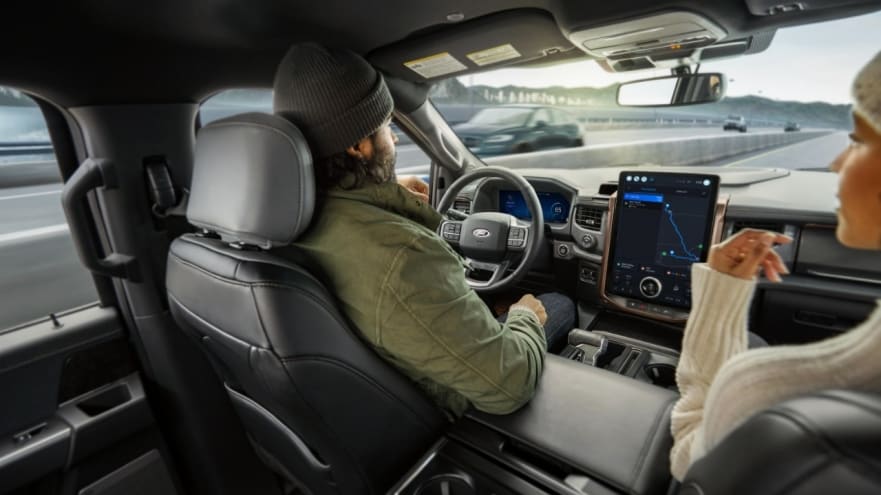
Although the utility of this technology in facilitating accessibility was not intentional, such benefits demonstrate the industry’s potential to enhance accessibility. As more intentionality is applied, the prospect for this potential to grow is thus significant.
Alan Hejl, Accessibility Consultant - Automotive at Spark Access said:BlueCruise was not made with wheelchair users in mind, but it creates opportunity. Ford also had a really great advert where a deaf family is communicating with each other while using BlueCruise. These use cases aren't really in mind when these products are being developed, but you can only imagine how amazing the future iterations are going to be as we start to see these use cases come through and, as we start to build our products around those user stories.
To help advance industry developments to intentionally improve the lives of more Americans, Kristin White, Deputy Administrator at the Federal Highway Administration (FHWA) spoke about the importance of the US Department of Transportation’s (DOT) Equity Action Plan. This plan, finalised in Januray 2022, marks the first time the US DOT has written a plan explicitly for equity.
What’s more, to receive federal funding, the US DOT requires projects to undertake meaningful community engagement to determine the real needs of citizens and ensure a human-centred design. By doing so, more people with disabilities are able to get involved and voice specific challenges that should be addressed.
Challenges & Considerations
It is important to note that ensuring equity and accessibility in this sector does not solely consist of installing autonomous driving technologies in wheelchair-compatible vehicles.
Indeed, Maria Town noted other crucial challenges that need to be overcome, such as ensuring the technology interacts appropriately with disabled people. For example, in some cases, sensors have identified the back of a wheelchair as a trash can, rather than a pedestrian, thus posing significant potential safety risks. This highlights the need for systems to be accurate and experienced when identifying and labelling their surroundings.
Furthermore, Town emphasised the importance of ensuring licensing regulations do not become a barrier to the utility of autonomous driving for disabled people. Indeed, if states require AV users to hold a driver’s license, despite not needing to drive the car, the potential for these vehicles to deliver independence to those who cannot drive would be greatly diminished.
Finally, Town also suggested that the value of the technologies presented at AutoSens and InCabin should be considered beyond automotive vehicles. For example, by installing sensors on equipment such as mobility scooters, ease of use for disabled people could be improved in scenarios such as trying to park in a narrow space on a bus.
Moving Forwards
Through these discussions, AutoSens and InCabin highlighted the need for companies in the automotive industry to place a significant focus on accessibility. By doing so, the utility of the latest developments in autonomous driving and in-cabin sensing could grow significantly, helping to offer safer and more equitable transportation for all.
In fact, in line with the assertion that this focus should be at the forefront and throughout industry discussions, rather than as a later consideration, Rob Stead, Managing Director and Founder at Sense Media, invited the panel to return at the next edition of AutoSens USA for the opening plenary of the event.
As technologies continue to advance and more solutions are deployed to facilitate and enhance mobility, it is thus hoped that barriers to accessibility can be overcome and the lives of all end users can be improved.




